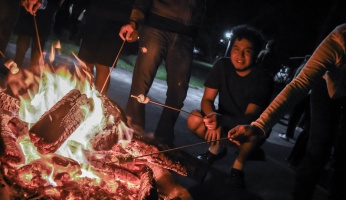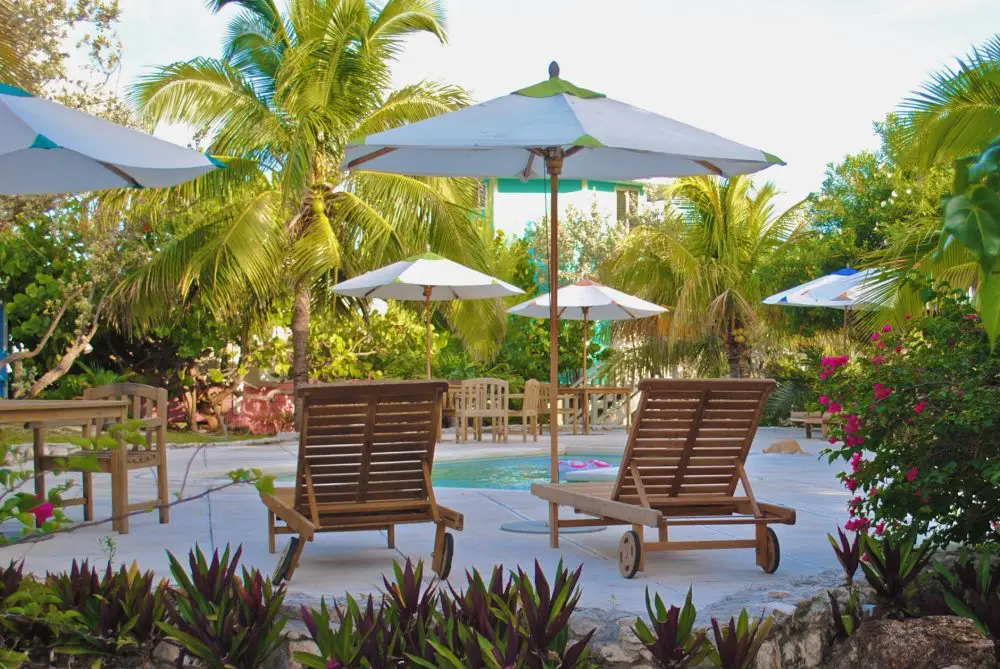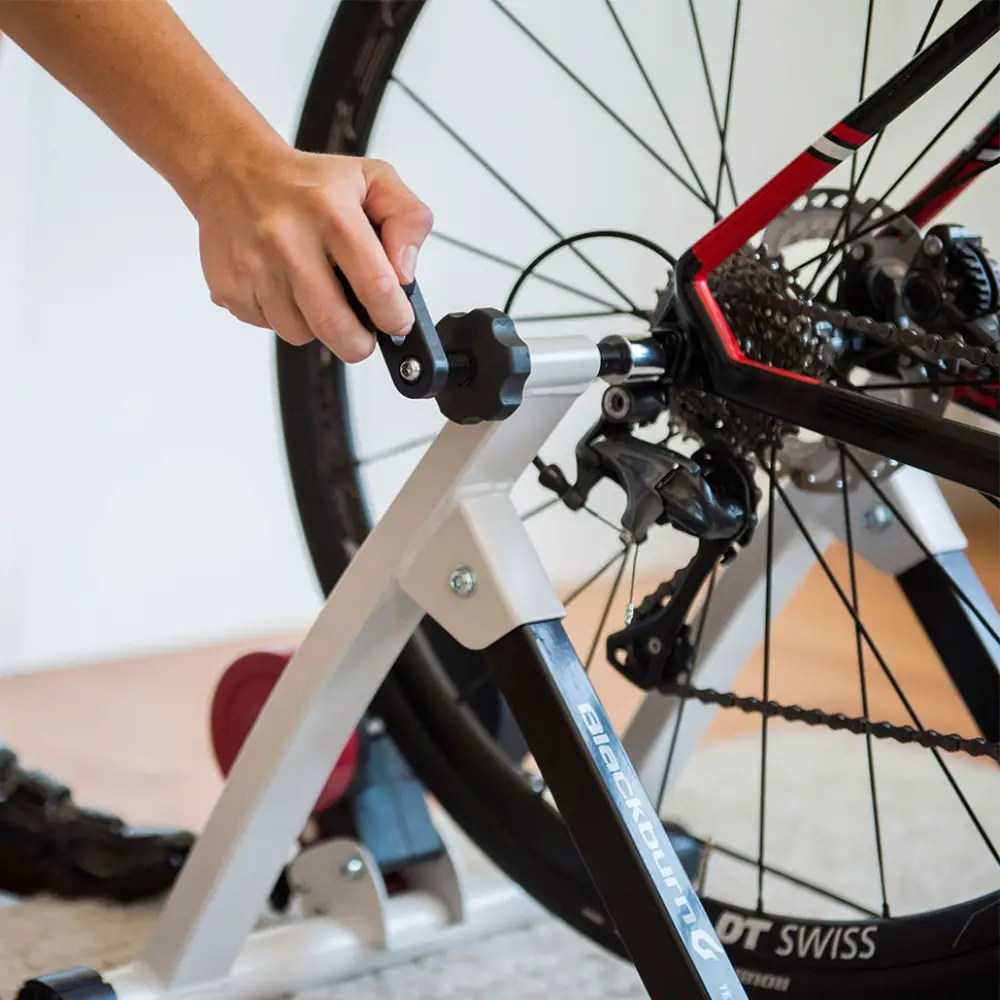Cold Weather Camping: Tips to Survive a Winter Camp Out
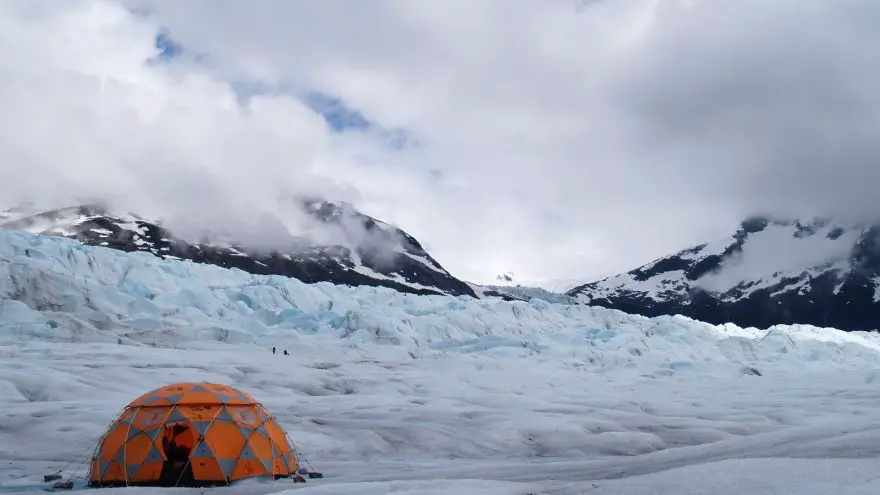 Cold Weather Camping: Tips to Survive a Winter Camp Out
thegearhunt.com
Cold Weather Camping: Tips to Survive a Winter Camp Out
thegearhunt.com
Camping in the winter has its advantages. There are less crowds and bugs for you to worry about and you get to experience the peacefulness and beauty of a winter wonderland that is pristine. However, if you don’t prepare correctly, it can also be challenging and quite cold. If you want to have a winter camping trip that is successful, you will need to build up your knowledge of camping in good weather and then adjust it to handle the challenges of the chilly temps, weather that can be unpredictable, and landscapes that are snowy.
The winter is here
Camping in the Snow
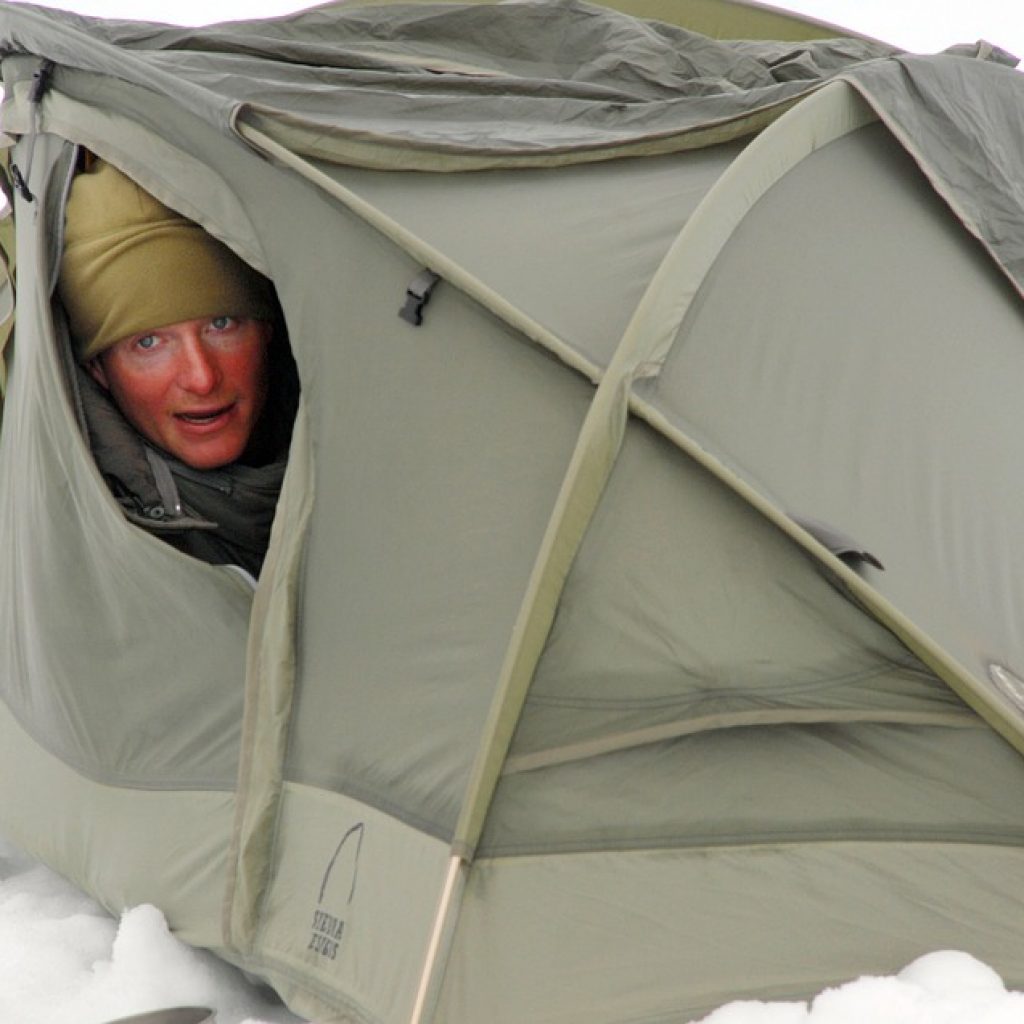 The main difference between winter camping and summer camping is the possibility that there will be snow – if you are going to be somewhere that snow is a possibility. When you finally get to your destination, don’t immediately begin to unpack. Instead, take a bit of time to find just the right spot for your tent. Relax and eat a snack before donning warmer clothes and then look around for the following things:
The main difference between winter camping and summer camping is the possibility that there will be snow – if you are going to be somewhere that snow is a possibility. When you finally get to your destination, don’t immediately begin to unpack. Instead, take a bit of time to find just the right spot for your tent. Relax and eat a snack before donning warmer clothes and then look around for the following things:
- Protection from the wind. Camping in a wind block that is natural, like a hill or a stand of trees, can mean that your experience will be one that is more comfortable.
- Source of water. Determine if there is a good source of water nearby or maybe you will need to melt some snow.
- No vegetation. In conditions with patchy snow, you should pitch your tent either on a campsite that has been established on the bare ground, or on the snow.
- Risk of an avalanche. Ensure that you don’t make your camp below or on a slope that has the possibility of sliding.
- Tree hazards. Don’t pitch your tent under trees or limbs that are damaged or unstable.
- It is always a good thing to have a bit of space between the other campers in the area and your camp.
- Rising sun. A camping site that will give you exposure to the sun as it rises will assist you in warming up more quickly.
- Always look for landmarks that will assist you in finding your camp in the event of a snowstorm or in the dark.
Pitching the Tent in Snow
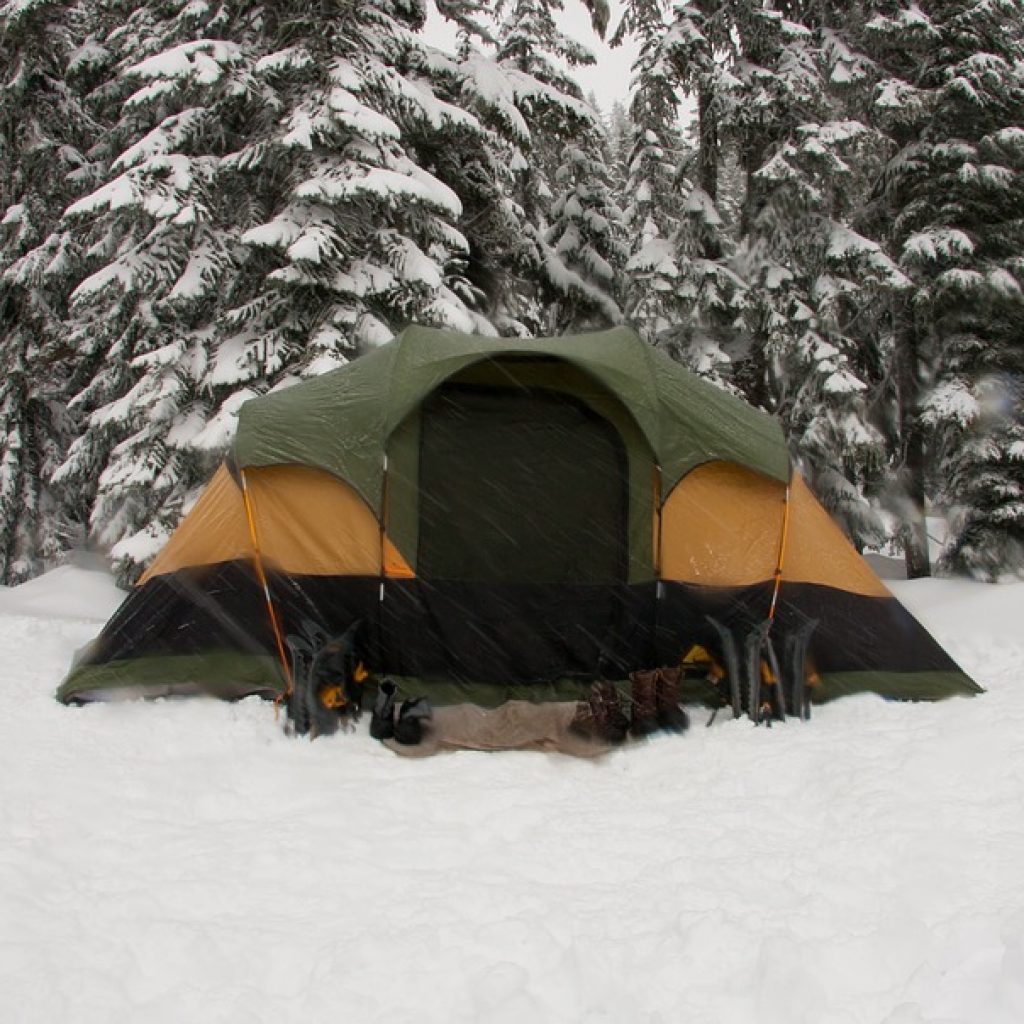 Yes, it is possible to build snow shelters, like a quinzhee or an igloo, but most of the time, beginner winter campers will end up spending the cold nights in their tent. If you will not be on snow, just pitch your tent as you normally would. If you are going to be camping on snow, here are a couple of hacks:
Yes, it is possible to build snow shelters, like a quinzhee or an igloo, but most of the time, beginner winter campers will end up spending the cold nights in their tent. If you will not be on snow, just pitch your tent as you normally would. If you are going to be camping on snow, here are a couple of hacks:
Pack the snow down tightly. Snow that is loose will be more likely to melt due to your body heat, and this can make for truly uncomfortable sleeping. Before you pitch your tent, walk all over the area with skis, boots, or snowshoes on your feet.
Make a fort. Well, not really, but a wall of snow can be handy. This will assist in reducing the impact of the wind. Make sure that you don’t completely wall your tent in though, it will still need to have at least some ventilation.
Dig your vestibule. If you dig out a space beneath the vestibule of your tent, you can create a bit more space where you can stow all of your gear, and this can also make entering and exiting the tent easier.
Snow stakes. Normal tent stakes won’t be of much use when you pitch your tent in the snow. Instead, you can bury a few stuff sacks, or you might use a set of tent stakes that were designed specifically for use in the snow. Ensure that you securely stake the tent so that any strong wind won’t be able to blow it away.
Avoid sharps. Keep anything that might tear your tent away from it and don’t bring any inside it. This can include anything from ski edges to crampons and ice axes. If you tear your tent in weather that is stormy, it can be a disaster.
Winter Kitchen
One of the great things about camping in the snow is that you have the chance to create your dream kitchen – out of snow. Using your shovel, you will be able to dig the snow out and shape it in such a way that it creates a surface for cooking. Do the same for a storage cabinet, a table, and seats. Be as creative here as you need to be.
If you have a tarp or a floorless tent, bring them along for the trip so that you can create a space that is protected where you can hang out while getting the food ready and eating it. Set the tarp or tent up and then dig the snow out from under it until you have room to stand.
LNT (Leave No Trace)
Even in the colder months, it is critical to follow the Leave No Trace ethics for camping. Here are a few considerations for camping in the winter:
- When it is possible, stay on deep snow cover.
- Set up your camp a minimum of 200 feet from other campers, water sources, and trails.
- When you camp on snow, pack out toilet paper and human waste in plastic bags. If you are at lower elevations, you might be able to dig about an 8-inch-deep hole in the dirt to bury it in. If you do this, put a heavy rock over it so that animals don’t dig it up.
- If you intend to build a fire, use dead wood that is already on the ground. Don’t ever break or cut limbs off of downed, dead, or live trees.
- Have respect for the wildlife and view it from a distance. Animals can be quite vulnerable in the winter.
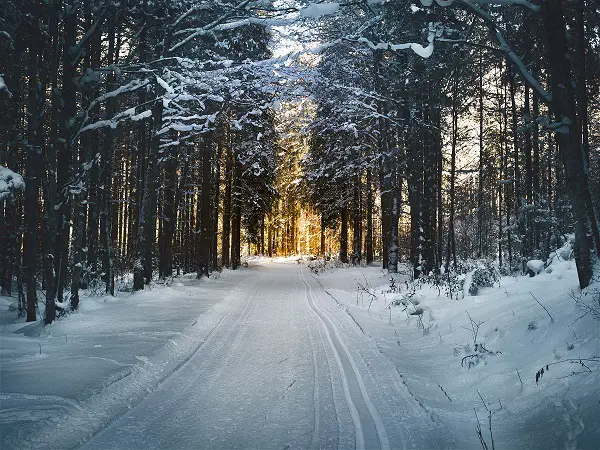
Tips for Eating and Drinking
Your body can go through a lot of energy while you trek through snowy, cold, landscapes. It is critical that you hydrate and eat well before, during, and after whatever activity you pursue so that you will be able to retain your energy and stay warm.
Here are a few recommendations for food and water:
Enjoy meals that are simple and hot. A hot meal, while you are camping in the colder months, can be particularly gratifying. However, try to keep them simple so that you aren’t left with a lot of dishes to clean in the freezing water. Consider foods that are packed with calories and don’t take a lot of time to cook, and you might even look for a few one-pot dishes. Entrees and breakfast foods that are freeze dried are always good choices too.
Take quick breaks for lunch. For the noontime meal, quick grab snacks or simple sandwiches and even energy foods that are packed with carbs, fats, and proteins are all good options. Try not to take a long time for lunches so that you don’t cool down. You should take small breaks and snack on food or even just nibble while you continue moving.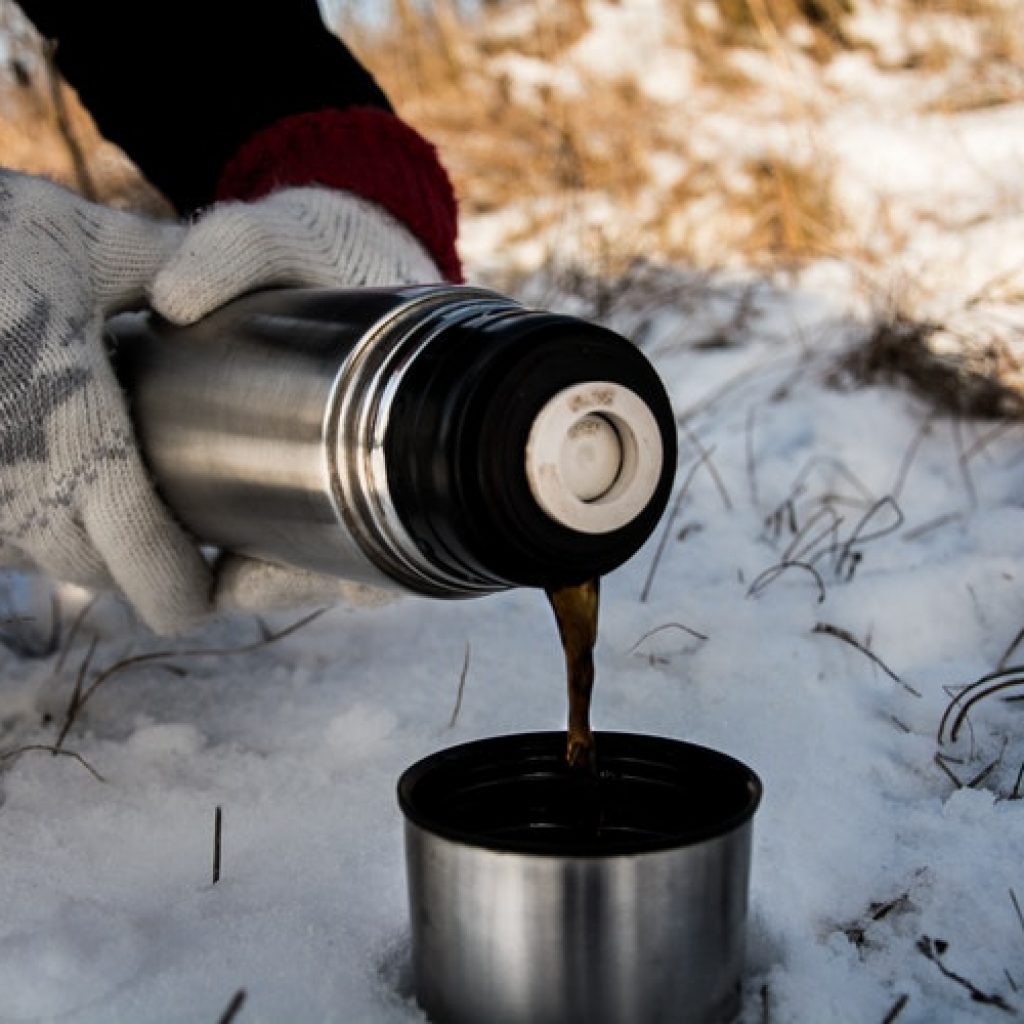
Securely store your food. Most of the time, bears tend to hibernate in the winter. However, there are a multitude of other types of critters that will be more than happy to eat your food if you happen to leave it where they can get to it. Stow your food securely away in a backpack, or even hang it in a tree by using rope and a stuff sack. Some camping areas may even have their own regulations for storing food. Make sure that you know if this is the case where you are camping and if so, that you follow them.
Don’t forget to drink. It might seem like a mighty inconvenience when you have to stop just to drink water while it is cold outside, and you might not even realize that you are thirsty as you would on a day that was hot. That doesn’t matter though. You need to stay hydrated properly, and to do this, you can sip on a bit of water throughout the day. When you are at your camp, you can make yourself a hot drink like hot chocolate. Coffee, or herbal tea. You might also have a bit of soup. All of these are good ways for you to stay hydrated and warm up a bit.
Use a bottle. Most people who camp in the winter make the decision to leave their reservoirs for hydration at home when they camp and use water bottles instead. This is because the tubing on those reservoirs can freeze solid, and this makes them useless. If you want to keep a bit of water handy, just use a water bottle cover that is insulated and attach it to your backpack.
Melting Snow. During the colder months, many lakes and creeks become frozen solid or they get buried under a lot of snow. This means that you will need to melt a bit of snow if you want water to drink.
To melt snow:
- Find an area to gather snow that is clean and white.
- Get your stove lit and ready.
- Put a bit of water into a pot and then add the snow to it. Putting the water in the pot can keep the snow from getting scorched and having a slightly burnt taste.
- When the snow melts, just add more until you have what you need.
Remember that it is always a good idea to fill all of your water bottles before you go to bed each night so that they are ready whenever you need them the next day.
Tips for Camping in the Winter
Add more insulation to the ground. If you want more insulation from the cold ground, add 2 waterproof layers between 2 sleeping pads.
Use your pad made from foam for more than just sleeping. You can use this pad to stand or sit on while you are cooking. It can help you remain drier and warmer.
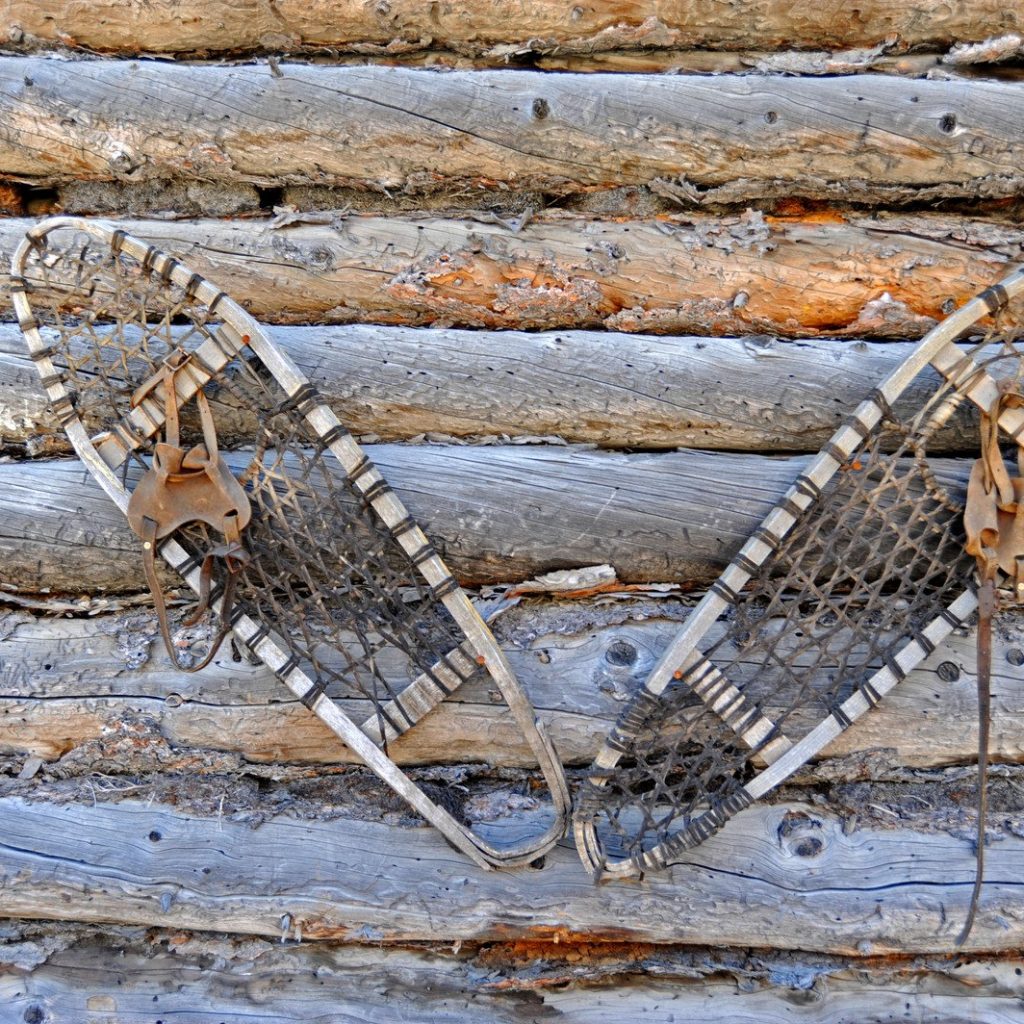
Make a hot water bottle. You can make a small heater that will last all night long if you boil a bit of water and then pour it into a plastic water bottle. Be sure that you don’t do this with a metal bottle because it will get way too hot. Just shut it tightly and make sure that it isn’t leaking before throwing it into your sleeping bag. You can hold it between your legs or near your stomach and it will really keep you warm. Be careful though because the bottle will be extremely hot at first.
Bring in the boots. Bring your boots inside the tent and they will remain just a little bit warmer than leaving them out in the cold. This makes them easier to put on in the mornings. If you have boots that came with liners that are removable, take them out of the boots and put them into your sleeping bag. Do the same with insoles and socks.
Fully charged batteries. Nights in the winter are long. For this reason, it is always a good idea to ensure that the batteries for your cell phone, GPS, headlamp, and any other devices or gadgets are either fully charged or new before your trip. Always remember to take a few extras too. Lithium batteries tend to work well when the weather is cold, but they have been known to overpower devices such as headlamps. Alternatively, alkaline batteries will work in most devices, but they also have a shorter life in colder weather.
Secure the camp. Before leaving your campsite for the day, or before you turn in for the night, make sure that everything that might blow away or get buried by the snow is securely put away. Prop snowshoes or skis upright so that they won’t be buried and ensure that things like your water bottles, shovel, and stove are put in a safe place where you will be able to find them when you need them.
Sources
- YouTube, How to Keep Your Butt Warm During Cold Weather Camping
- Gone Outdoors, How to Stay Warm Tent Camping in Cold Weather
- Active, Tips for Camping in the Cold
- Popular Mechanics, 7 Tips to Survive Cold Weather Camping





